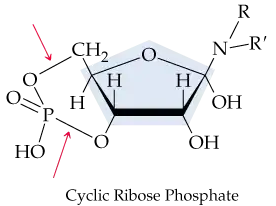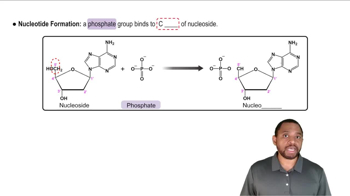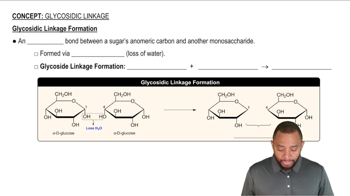Textbook Question
What is the difference between a phosphate diester and an ester of a diphosphate? Give an example of each.

 Verified step by step guidance
Verified step by step guidance Verified video answer for a similar problem:
Verified video answer for a similar problem:



 2:19m
2:19mMaster Phosphodiester Bond Formation Concept 1 with a bite sized video explanation from Jules
Start learning